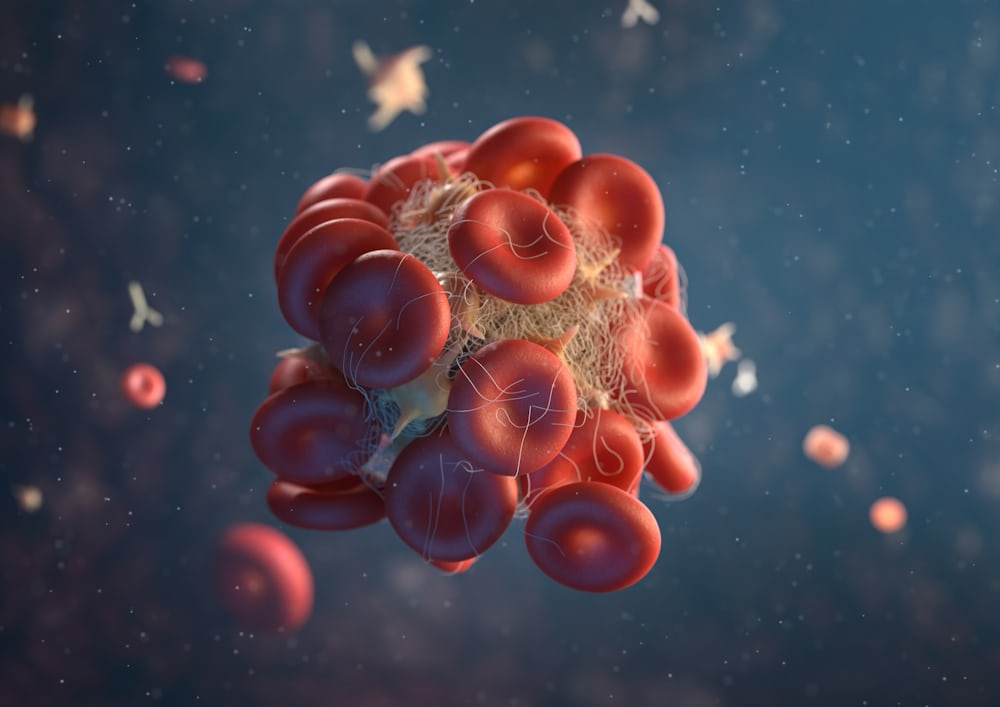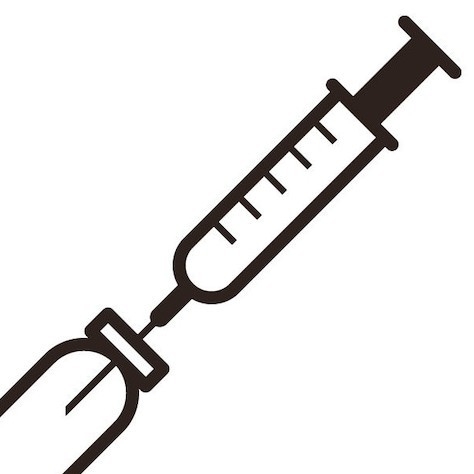A Comprehensive Guide to Testosterone Replacement Therapy (TRT) Prescriptions for Men
Testosterone Replacement Therapy (TRT) is a medical treatment designed to supplement the body with testosterone, the primary male sex hormone. It's commonly prescribed to men who have low testosterone levels due to aging, hypogonadism, or other medical conditions. This blog will delve into the various TRT prescriptions available, their benefits, side effects, and considerations for men considering this treatment.
Understanding Testosterone Deficiency
Testosterone plays a crucial role in male health, affecting muscle mass, bone density, fat distribution, red blood cell production, and sexual and cognitive function. Symptoms of testosterone deficiency can include:
- Fatigue and reduced energy levels
- Decreased libido and erectile dysfunction
- Mood changes, including depression and irritability
- Loss of muscle mass and increased body fat
- Decreased bone density
- Cognitive decline
Diagnosis is typically confirmed through blood tests that measure total testosterone levels, free testosterone levels, and sometimes other related hormones.
Types of TRT Prescriptions
There are several methods of administering testosterone, each with its own advantages and drawbacks. Here are the most common types:
1. Testosterone Injections
Intramuscular (IM) Injections:
- Medications: Testosterone cypionate (Depo-Testosterone), testosterone enanthate
- Administration: Injected into the gluteal muscles every 1-2 weeks.
- Advantages: High bioavailability, effective in raising testosterone levels quickly.
- Disadvantages: Pain at the injection site, fluctuations in hormone levels leading to mood swings or other symptoms.
Subcutaneous Injections:
- Medications: Same as intramuscular injections but administered under the skin.
- Advantages: Less painful than IM injections, stable testosterone levels.
- Disadvantages: Requires frequent dosing, potential for site irritation.
2. Testosterone Gels and Creams
Medications: AndroGel, Testim, Fortesta
- Administration: Applied daily to the skin (shoulders, upper arms, or abdomen).
- Advantages: Easy to use, maintains steady hormone levels.
- Disadvantages: Risk of transferring testosterone to others through skin contact, skin irritation at the application site, daily application required.
3. Testosterone Patches
Medications: Androderm
- Administration: Applied to the skin once daily, typically on the back, abdomen, upper arms, or thighs.
- Advantages: Convenient once-daily application, steady hormone delivery.
- Disadvantages: Skin irritation and rashes, potential for patch to fall off, visible on the skin.
4. Testosterone Pellets
Medications: Testopel
- Administration: Implanted under the skin of the buttocks or hip area every 3-6 months by a healthcare provider.
- Advantages: Long-lasting, no daily dosing required, steady hormone levels.
- Disadvantages: Minor surgical procedure required for implantation, risk of infection or pellet extrusion.
5. Oral Testosterone
Medications: Testosterone undecanoate (Jatenzo)
- Administration: Taken orally in capsule form, typically twice daily.
- Advantages: Convenient, non-invasive.
- Disadvantages: Variable absorption, potential liver toxicity, less stable testosterone levels.
6. Buccal Testosterone
Medications: Striant
- Administration: Applied twice daily to the gum region above the incisor tooth.
- Advantages: Avoids liver metabolism, steady hormone levels.
- Disadvantages: Gum or mouth irritation, can be uncomfortable, risk of accidental swallowing.
Considerations and Side Effects
Before starting TRT, it's essential to consider potential side effects and the need for ongoing monitoring:
Common Side Effects:
- Acne and oily skin
- Sleep apnea exacerbation
- Breast enlargement (gynecomastia)
- Testicular shrinkage
- Increased red blood cell count (polycythemia)
- Cardiovascular risks (though research is ongoing and results are mixed)
Monitoring:
- Regular blood tests to check testosterone levels, hematocrit, and PSA (prostate-specific antigen) levels.
- Periodic physical exams and discussions with your healthcare provider to assess symptom improvement and side effects.
Lifestyle and Complementary Therapies
While TRT can significantly improve symptoms of testosterone deficiency, lifestyle changes and complementary therapies can also play a crucial role in managing low testosterone:
Diet and Exercise:
- Maintaining a healthy weight, regular physical activity, and a balanced diet can naturally boost testosterone levels.
Stress Management:
- Chronic stress and high cortisol levels can negatively impact testosterone production. Techniques such as mindfulness, yoga, and adequate sleep can help manage stress.
Supplements:
- Some supplements like vitamin D, zinc, and D-aspartic acid have been shown to support healthy testosterone levels. However, it's essential to consult with a healthcare provider before starting any supplements.
Testosterone Replacement Therapy offers various options tailored to individual needs and preferences. Each method of administration has its own set of benefits and potential drawbacks. It's crucial for men considering TRT to have a thorough discussion with their healthcare provider, considering factors like lifestyle, convenience, and potential side effects. Regular monitoring and lifestyle adjustments can help maximize the benefits of TRT while minimizing risks.
If you suspect you have low testosterone, consult with your healthcare provider to discuss the best treatment plan tailored to your specific needs.





Comments
Post a Comment